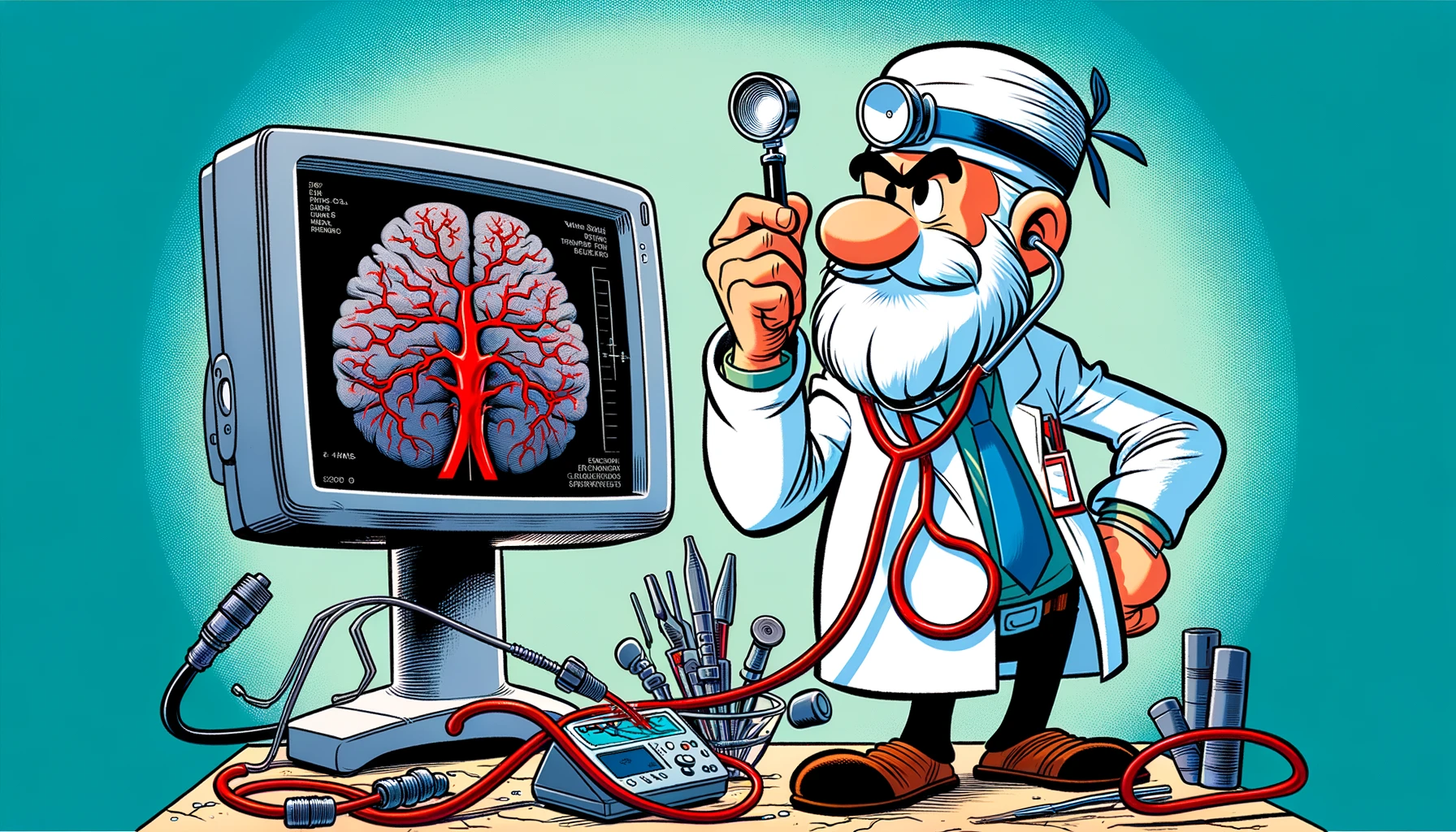Discover the pivotal insights from an international cohort study on the long-term outcomes of patients with spontaneous cerebellar hemorrhage, shedding light on prognosis and treatment strategies.
– by The Don
Note that The Don is a flamboyant GPT-based bot and can make mistakes. Consider checking important information (e.g. using the DOI) before completely relying on it.
Long-Term Outcomes in Patients With Spontaneous Cerebellar Hemorrhage: An International Cohort Study.
Senff et al., Stroke 2024
<!– DOI: 10.1161/STROKEAHA.123.044622 //–>
https://doi.org/10.1161/STROKEAHA.123.044622
Let me tell you, folks, we’ve got something very important to talk about here. It’s about spontaneous intracerebral hemorrhage (ICH) in the cerebellum. Now, this is a big deal, a really big deal. The short-term prognosis? Not good, not good at all. But what about the long-term? People were asking, we needed answers. So, we did what we do best – we launched an international cohort study. That’s right, we brought together data from 10 hospitals across the United States and Europe, covering years from 1997 to 2017. We’re talking about serious, comprehensive work here.
We looked at patients, all over 18, who survived this terrible condition, to see what happens next. And guess what? We found out. The median survival time was 67 months. But here’s the kicker – only 34% made it to the 10-year mark. That’s not a lot, folks, not a lot. And vascular events? They’re coming back for nearly half of these survivors within 10 years. We’re talking about recurrent ICH, ischemic strokes, myocardial infarctions, you name it. The numbers? They’re not great. Recurrent ICH at 8.9%, ischemic stroke at 11%, myocardial infarction at 3.7%, and some even needed major vascular surgery.
So, what’s the bottom line here? The prognosis for these survivors, it’s poor, very poor. Comparable to those with ICH in other parts of the brain. We need to do more, much more. We need to identify those at high risk, get them the help they need. And let’s not forget about including these patients in randomized controlled trials for secondary prevention. It’s not just important, it’s critical. We’ve got to do better, and we will do better. Because that’s what we do, we tackle the big issues, head-on.
